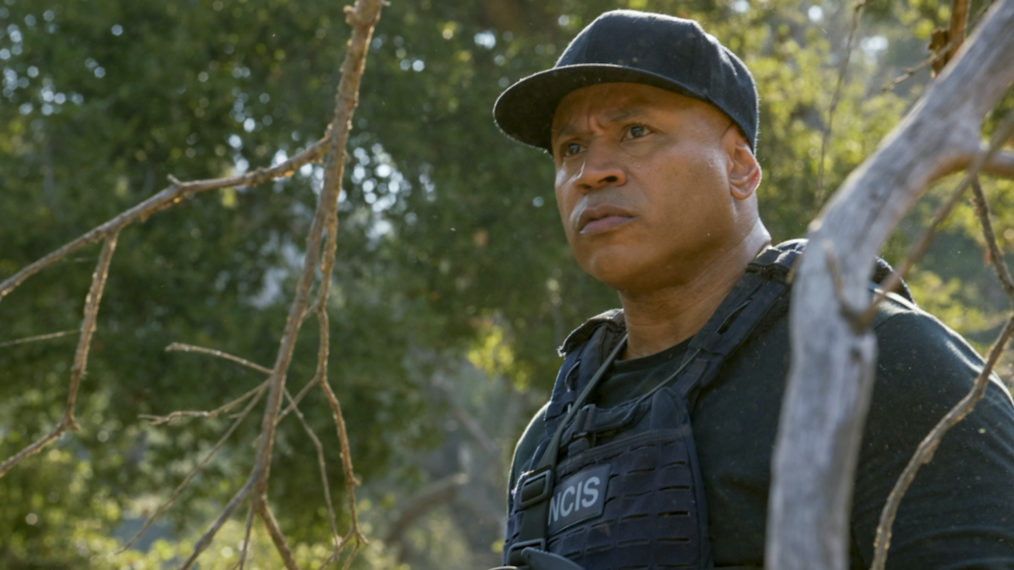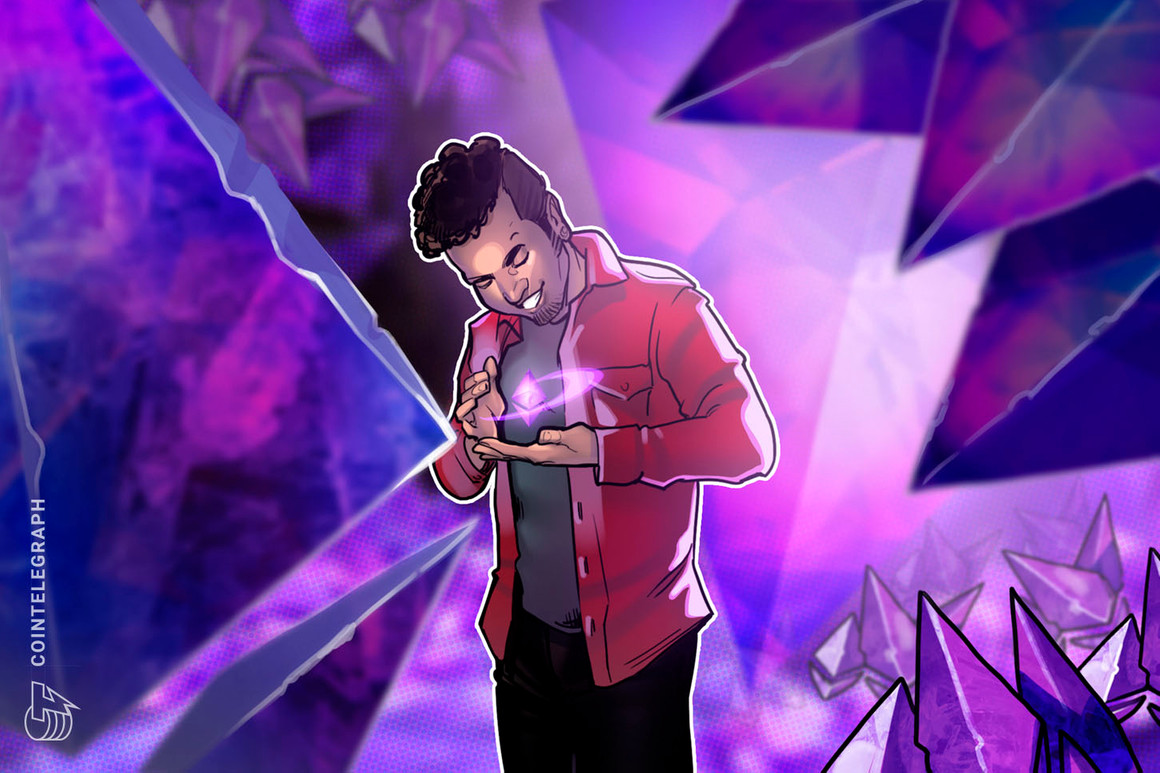#Hollywood’s Major Crew Union Debates How to Use AI as Contract Talks Loom

On July 5, the major crew union IATSE, which reps 160,000-plus entertainment workers from grips to animation to makeup artists, unveiled a set of “core principles” for applications of artificial intelligence and machine learning in its members’ work ahead of its 2024 contract talks with studios. The list set off a debate among union members as the sprawling crew union scrutinizes how its workers are already encountering AI in their day-to-day work — and what to do about it in the future.
“Every craft is going to be affected by technology in some way,” IATSE director of communications Jonas Loeb says of the union’s current focus on researching the impacts of AI and machine learning — one of the union’s “core principles.” “Which crafts are going to be most affected first? And, given that information, what kinds of contract language or things can we put in place to mitigate the negative effects?”
On the one hand, there was some pushback to the “core principles” document, as some expressed a wish that the union had published a more full-throated condemnation of the use of AI, rather than a document that stated there would be both “challenges and opportunities presented by this new technology.” Likewise, when IATSE tweeted out an AI-focused LinkedIn Learning playlist in early July, some on social media cried foul, arguing the videos appeared to advocate for using the technology in ways that threatened work performed by union members (the union took down a tweet about the playlist, saying its description of the videos “misrepresented our official position”).
“At least everybody that I’ve talked to, we don’t want AI to be a tool,” says animation writer and comedian Joey Clift, a member of IATSE local The Animation Guild (TAG), who had concerns about the “core principles.” “We just don’t want it to be a part of our creative processes because the second you start using it as a tool is the second you can start using it in a real way to replace workers.”
Yet some AI tools are already in use — and without fuss. More than two decades ago, an AI-driven software was developed for the purpose of creating the massive armies with unique performances in Peter Jackson’s The Lord of the Rings trilogy. Today, such commonly used off-the-shelf software as Adobe Photoshop incorporates AI-driven features. And just recently, machine learning contributed to the work of VFX artists in bringing a young Harrison Ford to the big screen in Indiana Jones and the Dial of Destiny.
IATSE is taking a wide-ranging approach to understanding how entertainment labor might be transformed by these increasingly sophisticated tools. In May, the union announced it would be forming a Commission on Artificial Intelligence, which will ultimately comprise union members, representatives, academics and tech workers (IATSE is still in the process of forming the group and has reached out to tech experts at the Massachusetts Institute of Technology and Stanford University to join). Meanwhile, IATSE’s education and training department curated the AI-focused LinkedIn Learning playlist for members, and its political and legislative director spoke at a June 30 White House listening session on AI’s potential effects on labor alongside representatives from the WGA East and SAG-AFTRA.
But the union is aiming to accomplish a broader set of goals, which were nodded to in the “core principles” document: to lobby legislators on concerns, to potentially produce its own craft-specific educational content on AI and machine learning as part of a larger push to educate members on the technology, and to use AI and machine learning as a motivator for organizing in a sector like video games (where the union has yet to notch a win and AI tools have raised job security concerns).
Some IATSE locals — including TAG, the Art Directors Guild and the Editors Guild — are drilling down more specifically on issues concerning their particular crafts and are convening their own AI-focused groups. TAG’s AI Task Force so far has met with one of the plaintiffs and a lawyer involved in the class action copyright lawsuit against a company behind text-to-image model Stable Diffusion, DeviantArt (which owns the image generator DreamUp) and Midjourney, and created an email alias where members can send concerns and/or report uses of AI at their work sites, says Brandon Jarratt, a member of the local’s executive board and the Task Force.
And it’s not just unions that have activated AI initiatives. The American Society of Cinematographers — an invite-only honorary group — has formed an AI exploratory committee within its Motion Imaging Technology Council, chaired by director/DP Michael Goi (American Horror Story). Honorary society American Cinema Editors will present a panel on AI during its upcoming EditFest event.
One illustrator who works in the art department, who believes the union’s “core principles” are “mostly very strong,” tells The Hollywood Reporter that there are concerns about text-to-image tools like Midjourney or Stable Diffusion potentially “eradicating our craft.” More broadly, this source adds, “I don’t think any amount of upskilling is going to protect us from these technologies automating our work. We need to have bulletproof guardrails in place in our contracts.”
In the case of the Editors Guild, its newly formed technology committee is preparing a report on the use of AI that will be presented to the guild’s board of directors. “This will be used to identify training and education needs for our members and to provide insight and input into anything we will need to consider in our negotiations next year,” says the local’s national executive director Cathy Repola.
Similarly, Local 800 president Nelson Coates says that the Art Directors Guild’s AI Task Force will “collect information and feedback to help the IATSE address how to develop guidelines and guardrails that will protect and enable our members to most benefit from the developing technology.” Coates adds that in the meantime, the local will “vigorously assert” its jurisdiction in all the crafts it represents.
Additionally, AI could help energize IATSE’s efforts to unionize the visual effects industry. IATSE VFX and games organizer Mark Patch (who worked in visual effects on projects like Tenet and Nope) says work hours and benefits are among the top-of-mind issues driving this effort but adds that AI could be a contributor. “I think that [AI] gets people’s radar up to realize that this is a rapidly changing industry in which we have no voice in the job or seat at the bargaining table,” he says. “We can’t set conditions around any of our work without that unless we find our strength together.”
Adds IATSE rep Loeb: “It’s part of the job security issue, right? Folks don’t want to be replaced.”
Adding fuel to these debates is the central role that AI is playing in the ongoing SAG-AFTRA and Writers Guild of America strikes. In both cases, the unions have stated that, in recent labor negotiations, Hollywood studios and streamers would not agree to what labor groups believed to be adequate guardrails around the use of the technology, which has stoked fears in entertainment labor about the future of various crafts. (The Alliance of Motion Picture and Television Producers, which represents entertainment companies, has said that the WGA’s proposal requires “a lot more discussion,” while its latest counter-offer for SAG-AFTRA on AI was “comprehensive.”)
IATSE has some time to decide how to approach the AMPTP on the issue during its own talks: Negotiations will likely begin in the spring or the summer of 2024 (start dates have not yet been set, but the union’s Basic Agreement contract expires July 31 of that year). But given that some of its members have for some time been working with AI, and that the technology is changing at a rapid clip, the union has a lot of ground to cover before sitting down with the AMPTP.
The outcome of the SAG-AFTRA and WGA strikes will undoubtedly have an effect on IATSE’s asks, even as the crew union’s AI concerns will likely be unique to its many crafts. Says Jarrett, “Whatever gains that they’re [SAG-AFTRA and the WGA] able to achieve will definitely inform how we’re going to approach it. Because there may be some things that we can build on.”
A version of this story first appeared in the July 26 issue of The Hollywood Reporter magazine. Click here to subscribe.
If you liked the article, do not forget to share it with your friends. Follow us on Google News too, click on the star and choose us from your favorites.
For forums sites go to Forum.BuradaBiliyorum.Com
If you want to read more Like this articles, you can visit our Social Media category.



